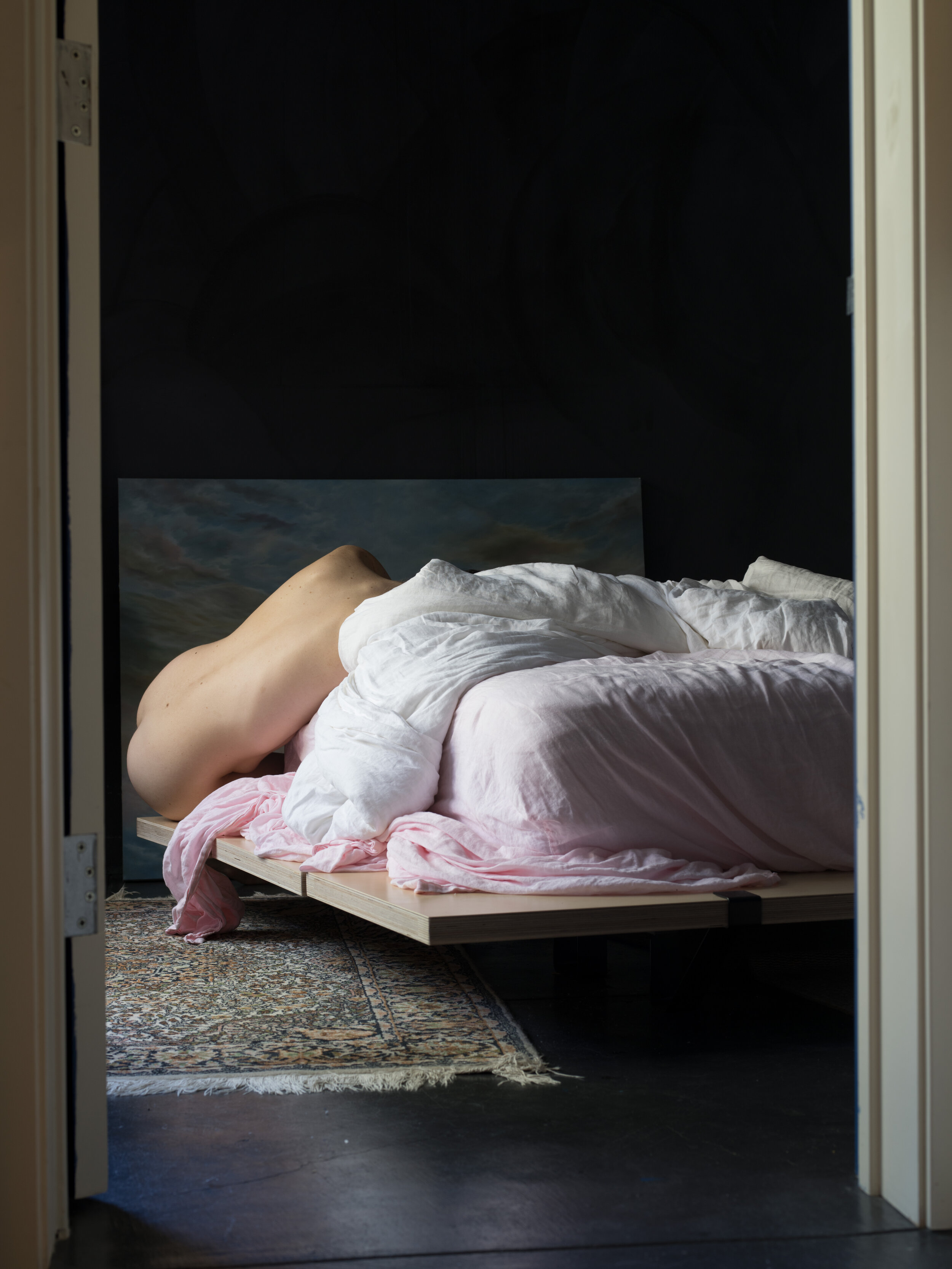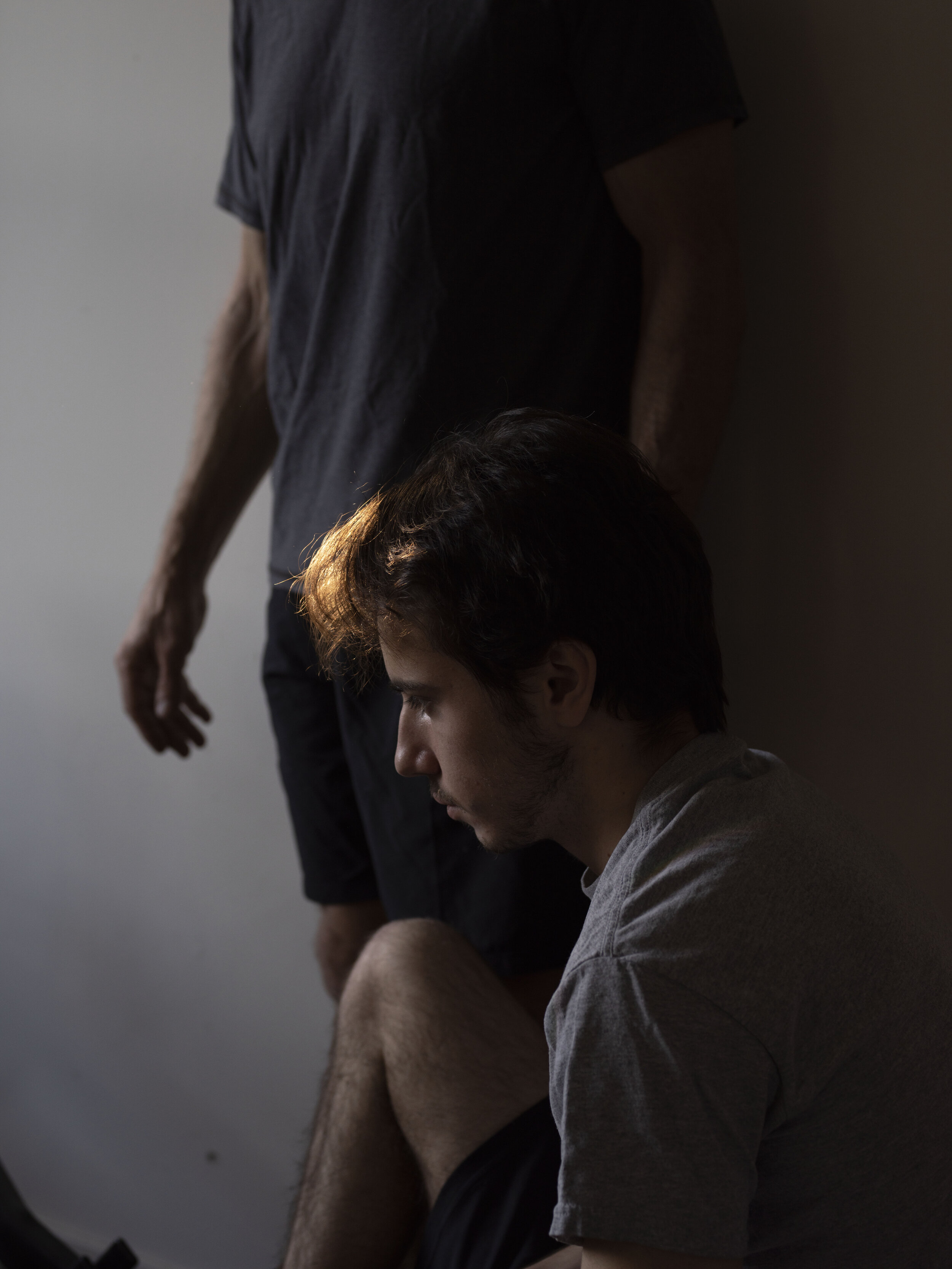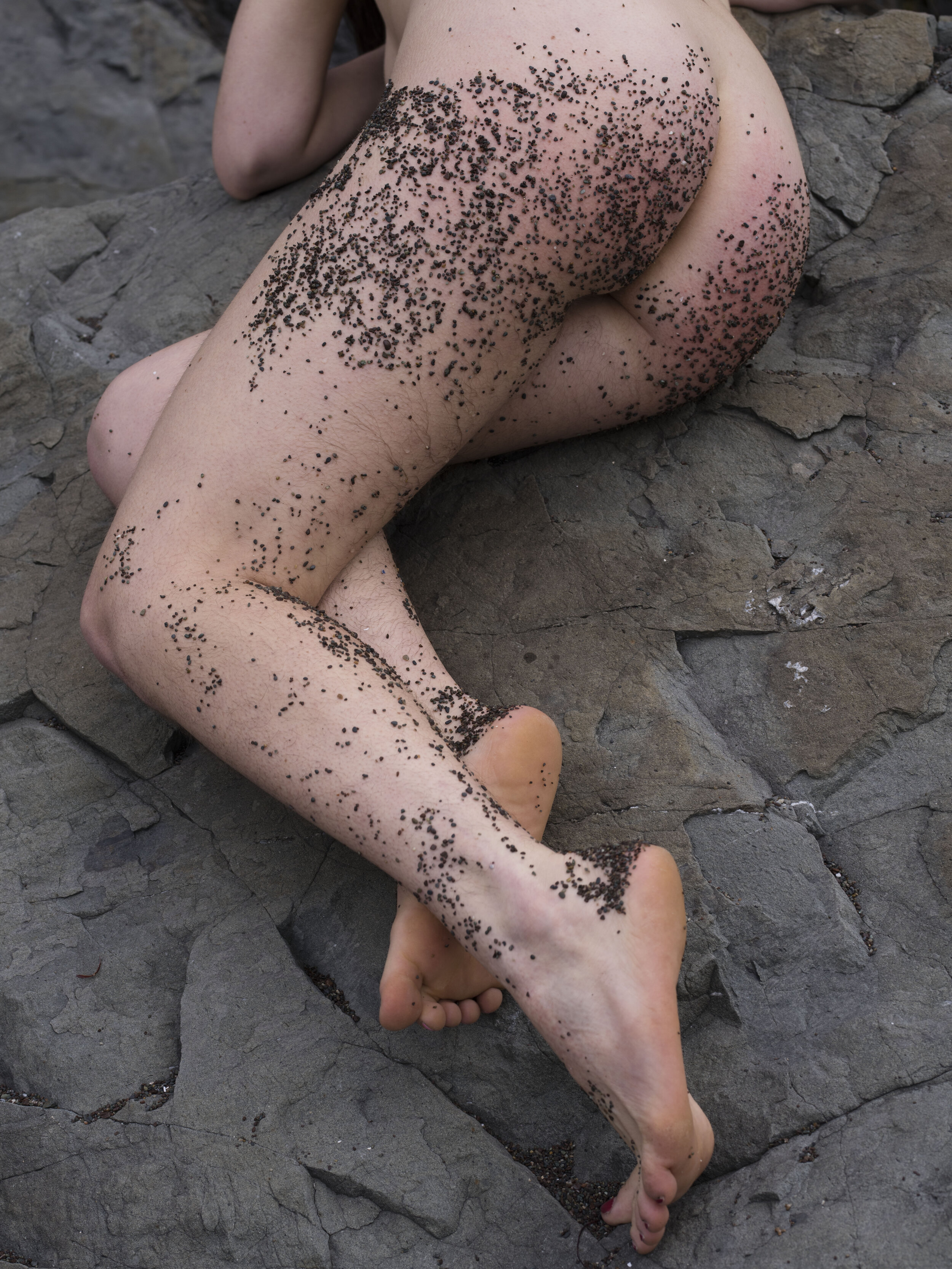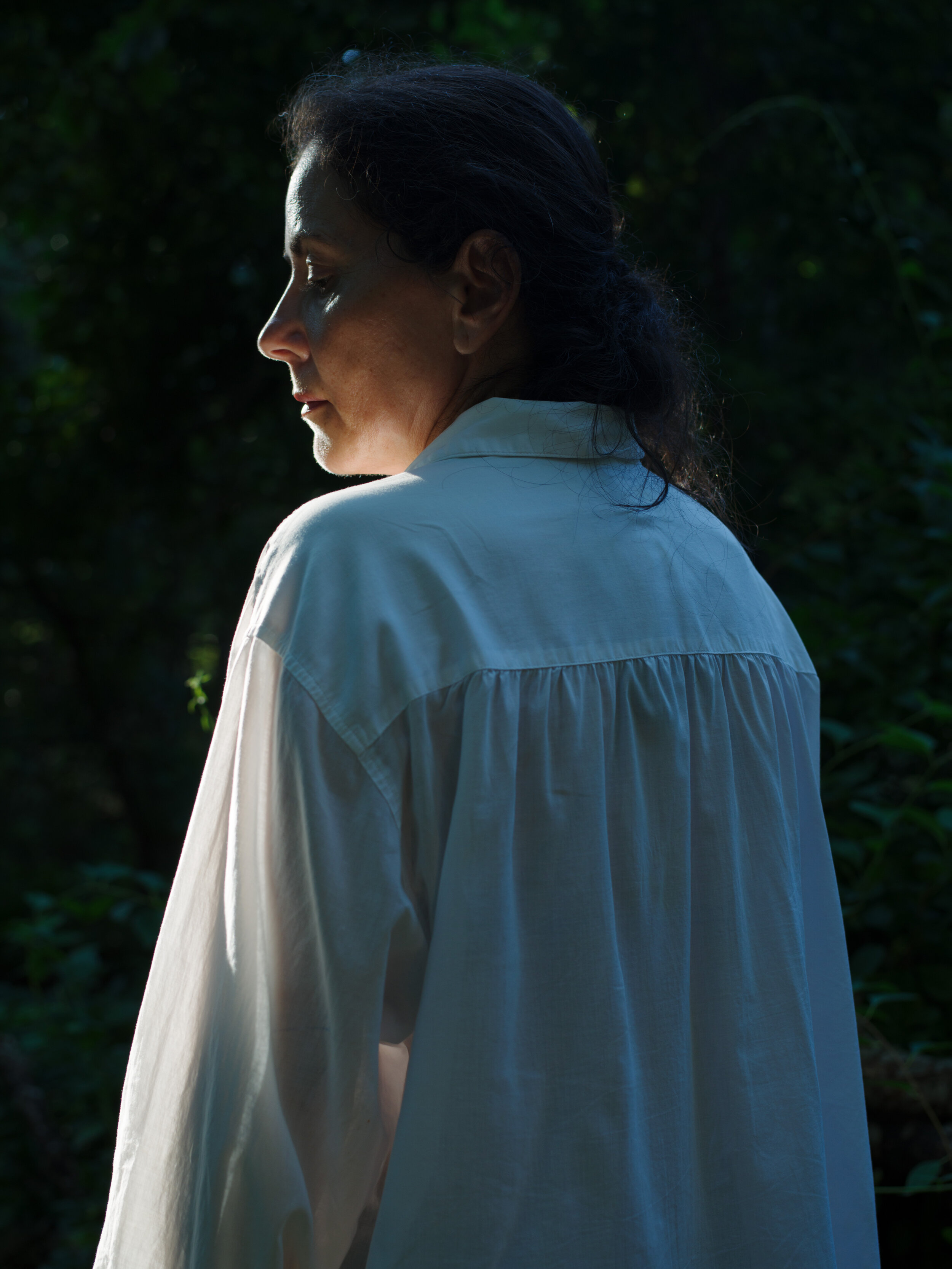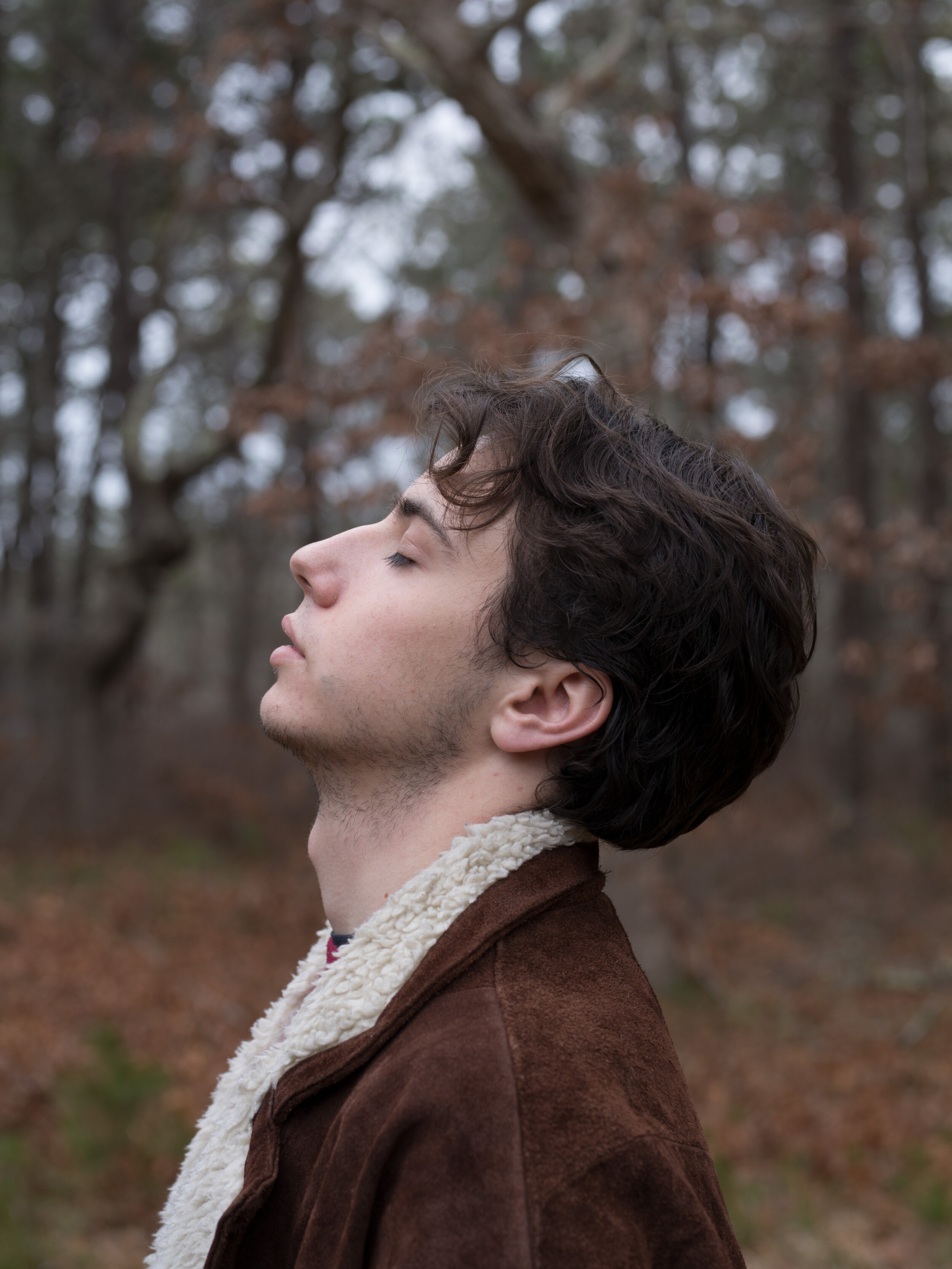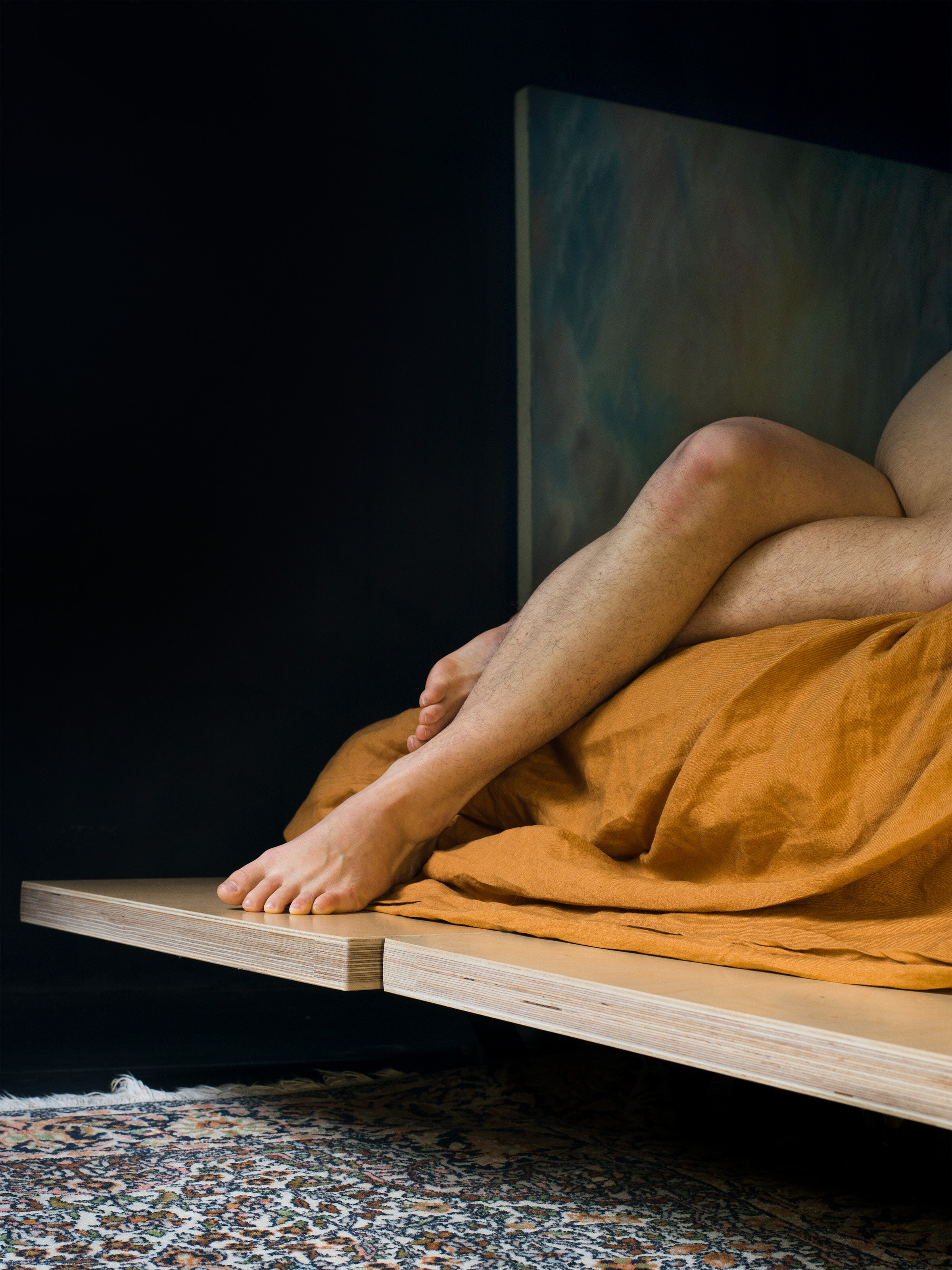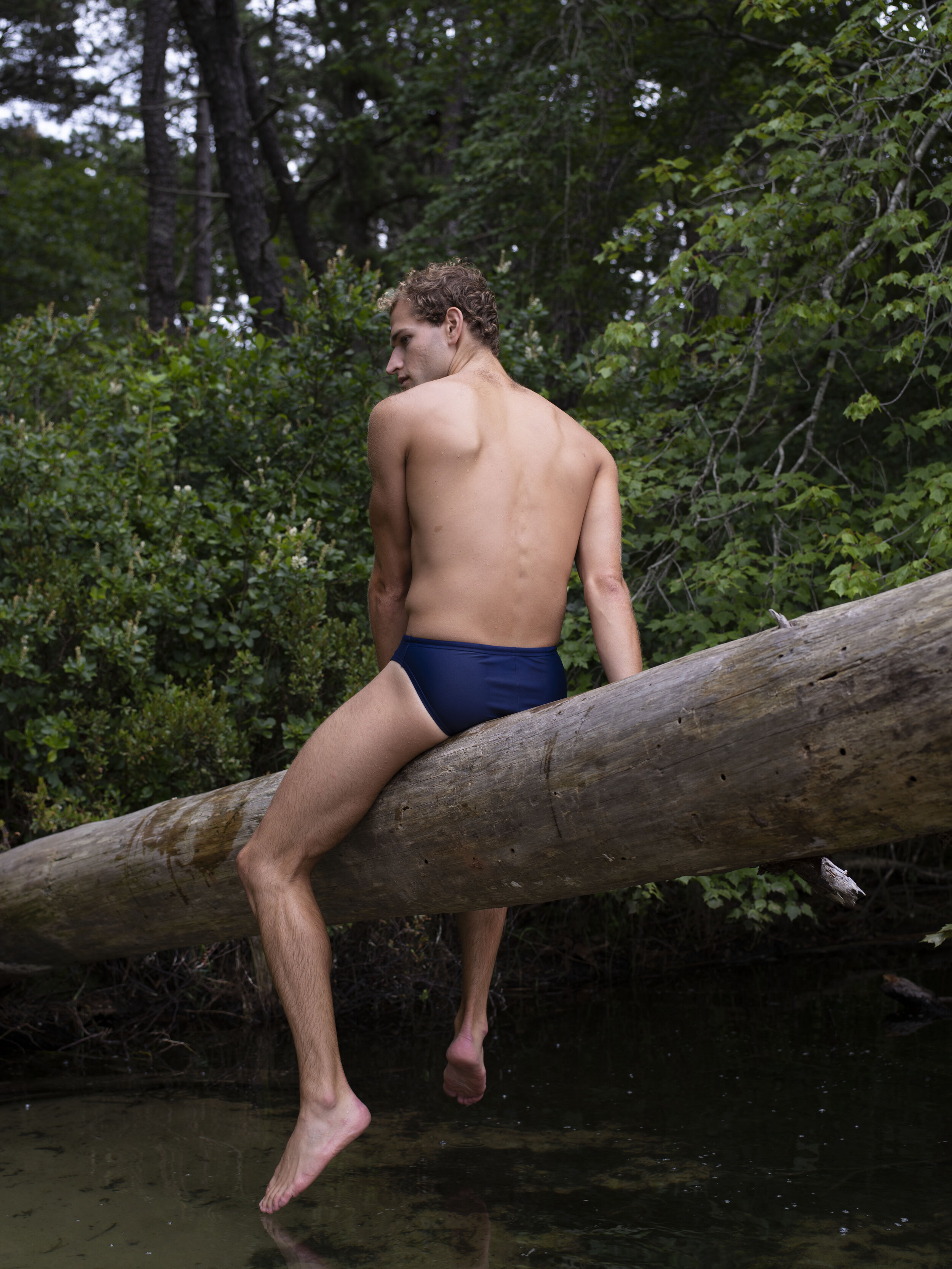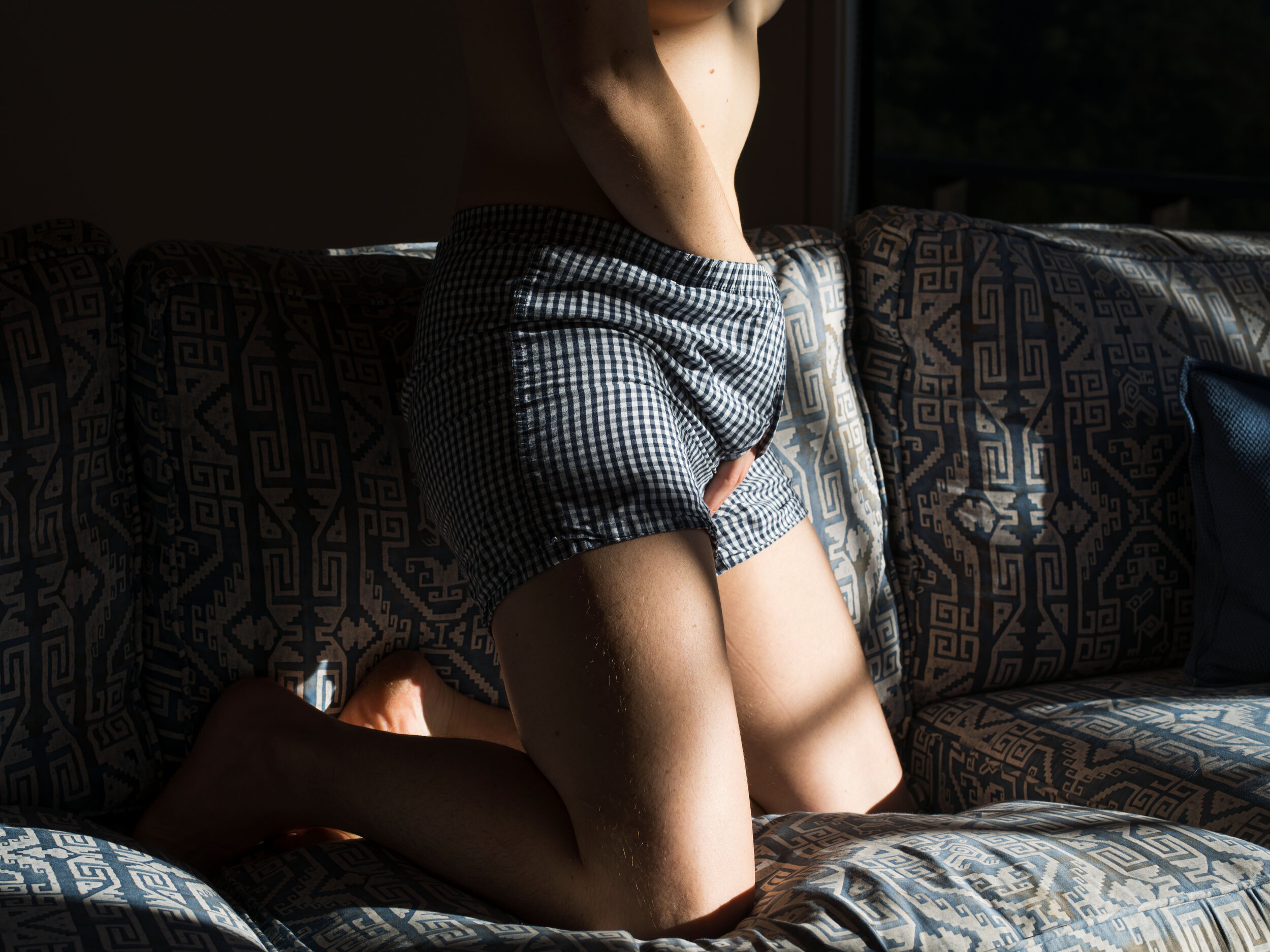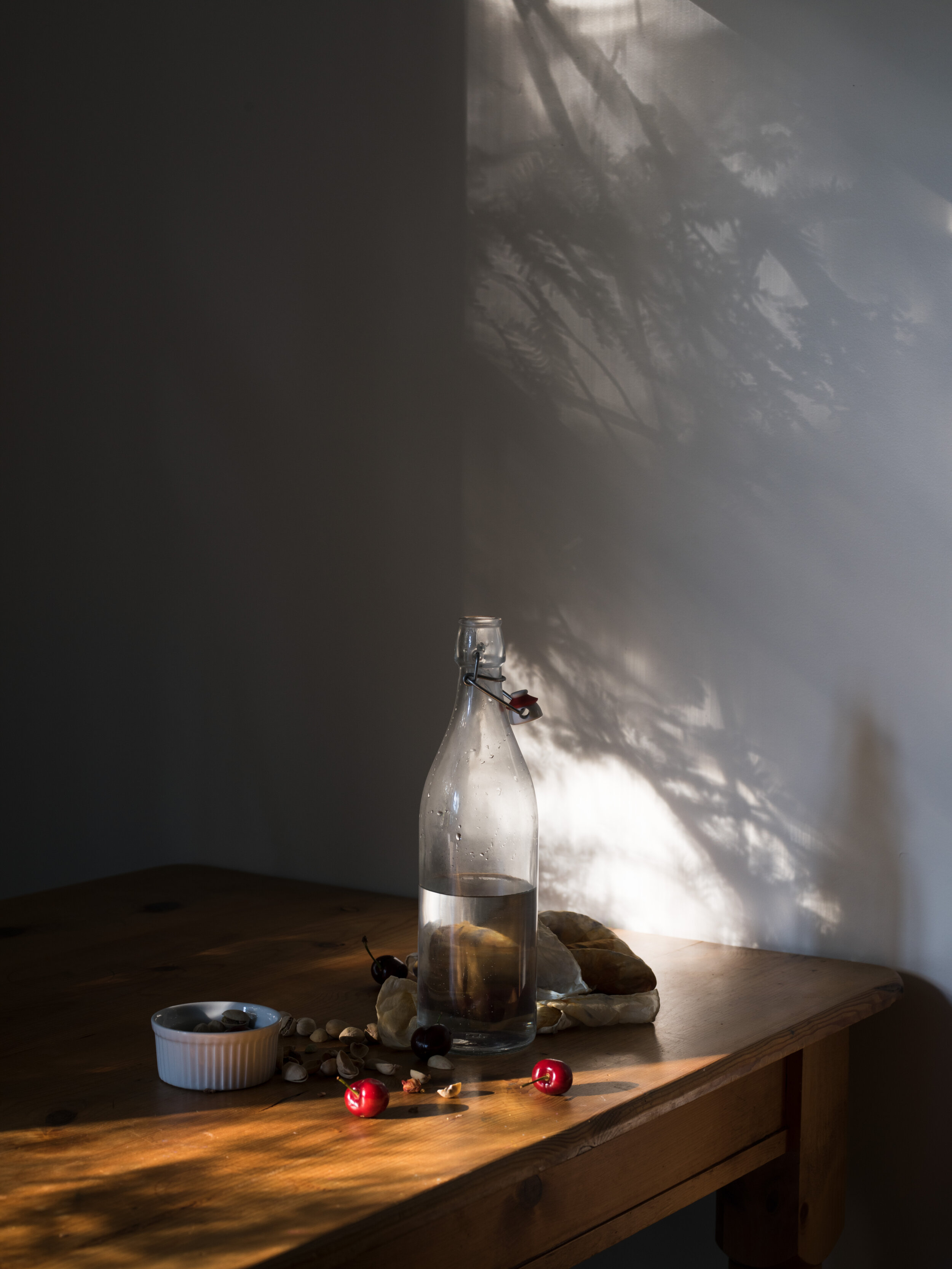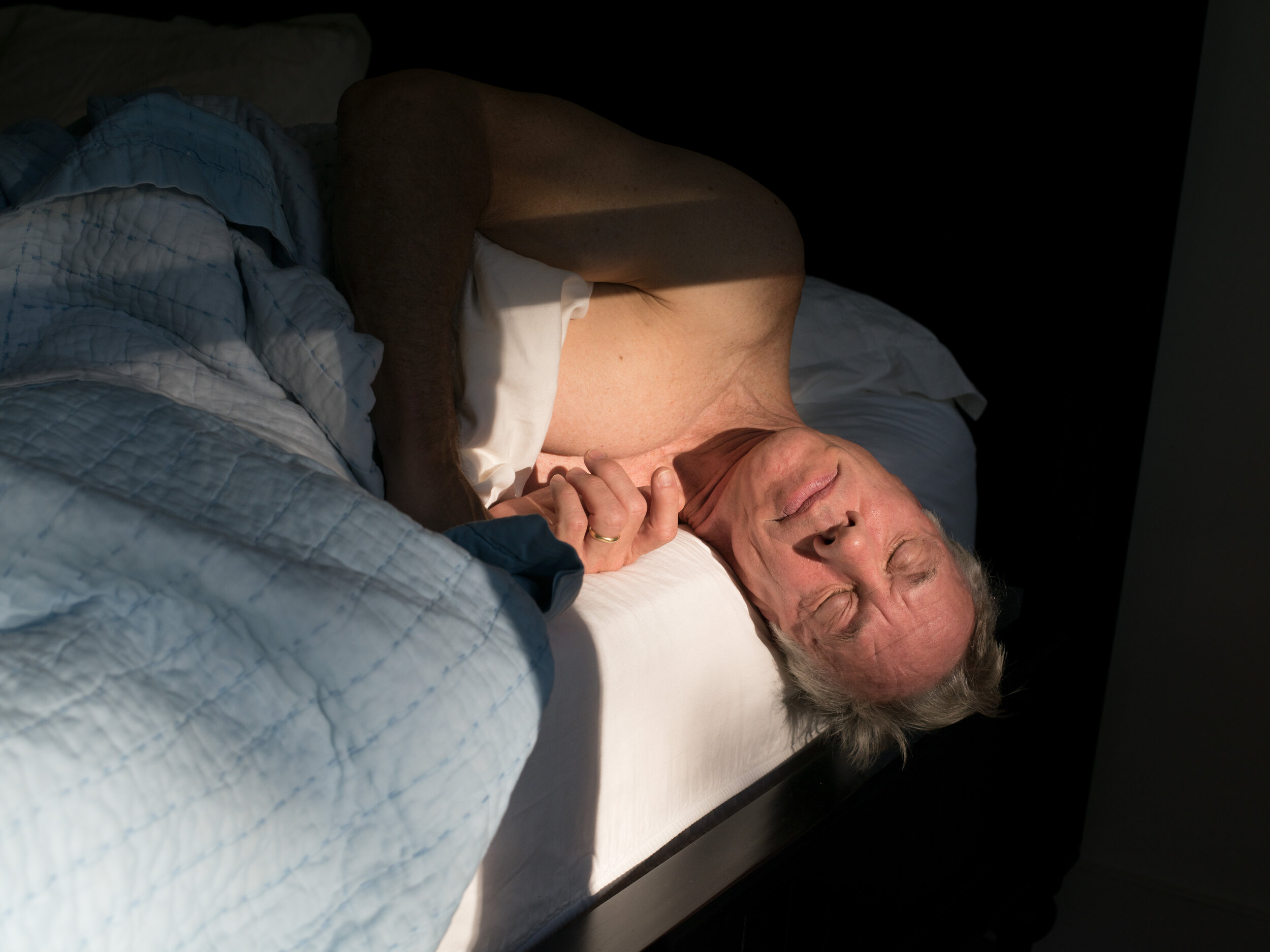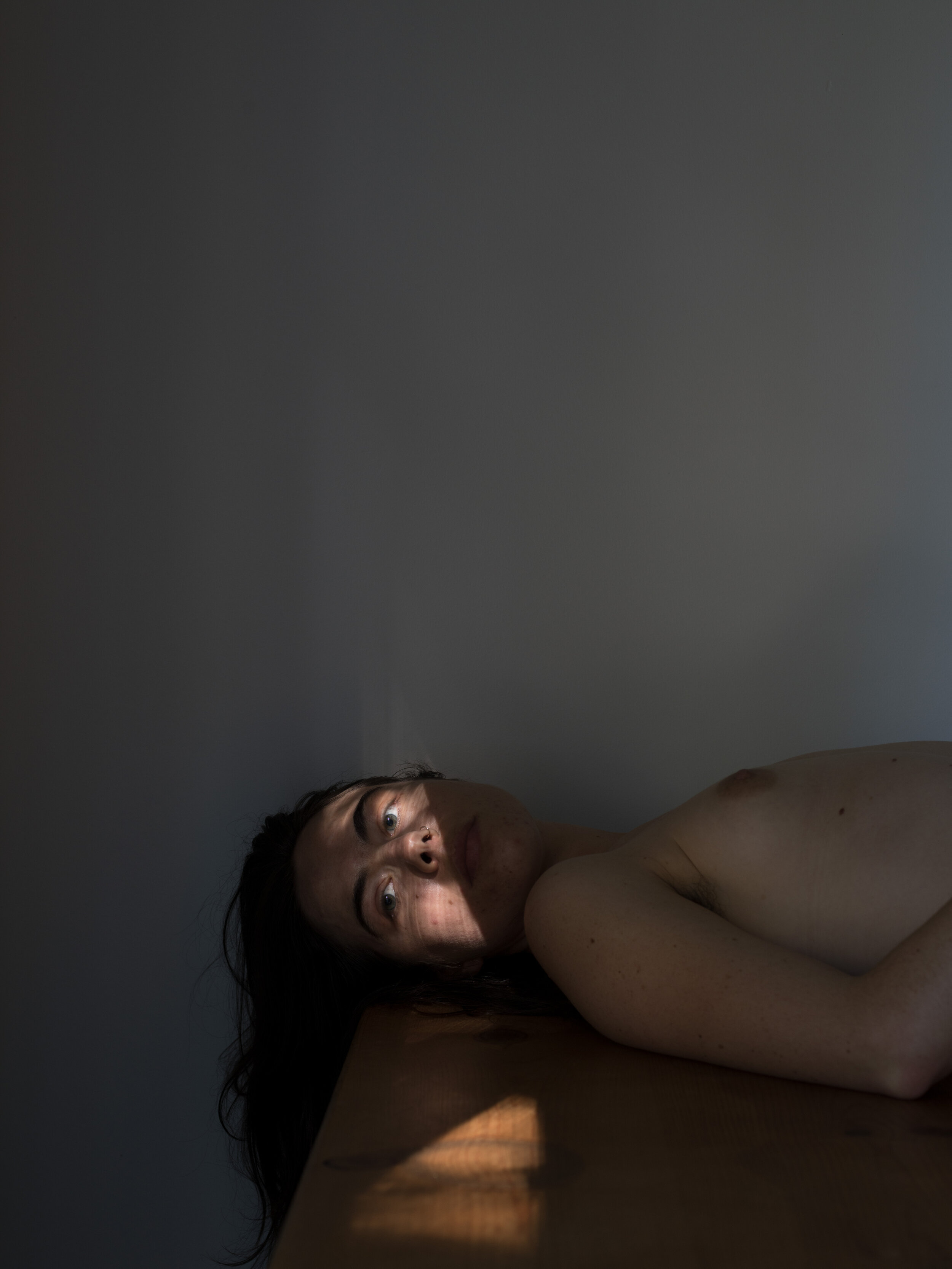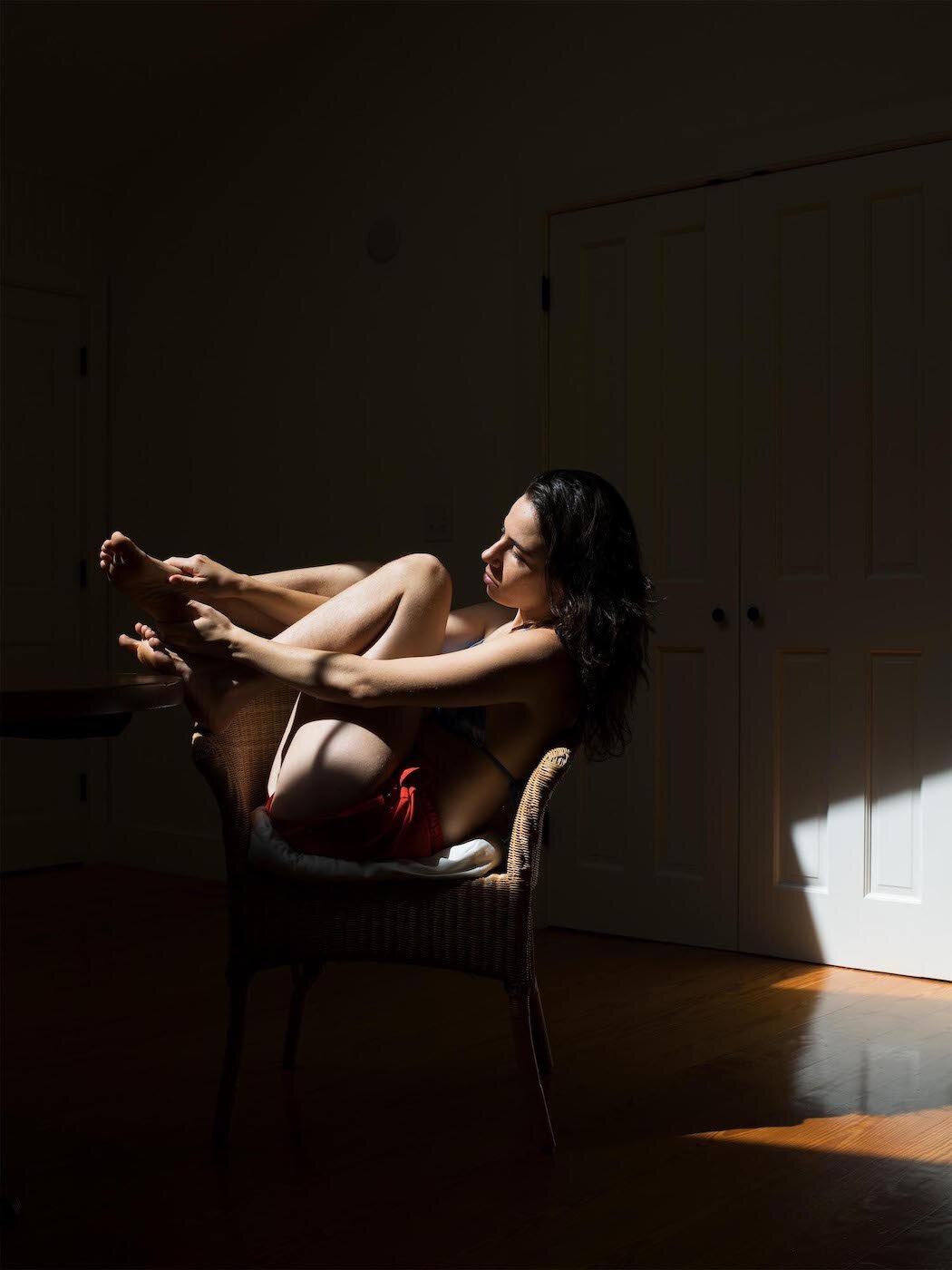Q&A: Anne vetter
By Jess T. Dugan | May 13, 2021
Anne Vetter (b. 1994) is based in the Bay Area, CA and Wellfleet, MA. They are a queer, trans non-binary Jew. Their work is focused on the fluidity of identity, while pushing up against how whiteness and wealth can both protect and inhibit a body. They graduated Magna Cum Laude from Colby College (2017) with theses in Anthropology, Art, and Poetry.
In 2019, Vetter was invited by the Lunder Institute for the Arts to speak on a panel about marginalized identities and art making. Vetter’s work has been included in exhibitions at The Colby Museum of Art, Humble Arts Foundation, Placing Political Art, and The Curated Fridge, among others. In 2021, they will open an exhibition at the Rhode Island Center for Photographic Arts. In 2020, they were the recipient of the Leeward Residency in County Wexford, Ireland (residency postponed due to COVID).
Jess T. Dugan: Hello Anne! Thanks so much for taking the time to speak with me today. Let’s start at the beginning- what initially led you to photography, and what was your path to getting to where you are today?
Anne Vetter: Hi Jess! As always, the pleasure is mine. I started with photography because I liked attention and it was a good way to pay attention to myself. As a teenager, I was always making photos. I loved to shoot film on my dad’s old Mamiya 35mm, but I was happy to create however- digital, webcam, weird Photoshop collages. It didn’t matter.
In college, I took photography classes every semester but didn’t major or minor. I was planning on pursuing a PhD in Anthropology and going into academia, but my senior year, LaToya Ruby Fraizer came and spoke at my school. She said something like, “there’s no time to not do what you’re best at- we need all kinds in the revolution.” That was it for me, I knew I had to do art. I moved home after college and started working for Lucas Foglia as an assistant and developing my own practice. Working with Lucas has been instrumental in understanding and shaping my own path as a photographer.
Self Portrait in Shower, 2019
JTD: Tell me about your project Love is not the last room. How did this project come to be? Who and what does it include?
AV: Love is not the Last Room is, at the most basic level, a project about my family, myself, and my home. I’ve been making photos of my family for a long time, but never considered it as a project to pursue. It wasn’t until the summer of 2019, when I met you at the Fine Arts Work Center in Provincetown that I gave myself permission to explore a project about family. You encouraged me to shoot what I wanted to shoot. After that, I let the work guide me. At times, I thought I knew what it was about while I was making it, but if I pushed the photos one way or another, it felt stale. So, I just kept shooting what caught my eye, mostly following the light and the way my family moved through it.
In the project right now, there are photos of me, my parents, my brothers Matt and Douglas, my partner Dario, and four of my cousins. There’s also a brief appearance of Douglas’s friends.
Dario and Me on the Couch, 2020
JTD: You are investigating multiple themes surrounding identity – gender, sexuality, socioeconomic status, religion – through a highly personal telling of your own experiences as well as those of your family and loved ones. How do these multiple elements come together for you? How do you conceptualize the core questions you are asking in this work?
AV: This is such an excellent question and it’s hard to offer something concise in response. Please take my words as only a slice of what I’m thinking about.
I believe all work is about identity, whether we label it that way or not. This project explores identity because it explores my life.
I don’t consider my work to explore religion as much as it explores Jewishness. Being a Jew is categorized as a religious identity in our Christian hegemonic society because a lot of non-Jews see us as a subset of Christians, but kind of different. Many white American Jews have lobbied hard to be seen that way, too. Jewishness is about religion, but it’s also about culture, ethnicities, language, and so much I don’t know how to put into words. It’s an in-between identity. Such a queer identity. I joke that my gender is Jewish, but I kind of mean it. Jewishness sums it all up for me.
I ask a lot of questions about my marginalized identities existing in privileged spaces, about marginalization and privilege existing in the same body- I’m trans-nonbinary and pass as cis. I’m queer and am in a relationship that looks cis-het. I’m white and I’m Jewish. I’m Jewish and I have a goyishe Dad and a goyishe name. I’m not saying that this is important or necessary representation, but it’s my life. I’m not as interested in representations of any particular group as I am in seeing photographs as subjective reactions to individual realities. I don’t even know how to fully represent myself, much less queers or Jews or wealthy people.
Dario When He Shaved His Mustache, 2020
JTD: Let’s dive into gender for a second- I love how you are playing with and exploring gender identity and presentation in this work, both in yourself and in other prominent subjects such as your partner, Dario, and your brother, Douglas. How do you think about your own gender identity in relationship to these two important people in your life, and how does that manifest in your photographs?
AV: I love that you pick out Dario and Douglas in this question because they are the people in my life who think about my gender the least. It’s not that they don’t care, but that they interact with me on a level that transcends gender identity. I have nothing to prove to them. Douglas will likely roll his eyes (lovingly!) whatever I do and however I identify, and Dario will always meet me with a sense of openness and curiosity. Dario is a wonderful partner and collaborator because he also sits in a lot of in-betweens. From the very beginning, he’s met me wherever I am, because that’s how he meets himself and wants to be met.
That translates in my work. I’ve let the pressure off of myself to signal my gender and queerness in ways that are more culturally legible but maybe not authentic to me. I’ve had to let go of wanting this work to be read immediately as Queer Art, in the same ways I’ve had to let go of my desire to always be read as gender-queer because of how I present. People are going to see what they want to see.
Self Portrait as my Brother Douglas, 2020
JTD: I’m interested specifically in Self Portrait as my Brother Douglas. Can you expand on this image, what it means to you, and what role it plays in the larger project?
AV: Douglas is maybe my favorite person to photograph. I mean, Douglas is maybe my favorite person, but I love making work about him. Though we always looked like twins, it’s only become more uncanny as we’ve aged. Now, we’re the same height, the same weight. Without the mustache, we have nearly the same face. In my photos, sometimes Douglas is Douglas, sometimes Douglas is me.
Simply, this is a portrait of my little brother and a portrait of me, both wearing my Magen David and my Hebrew name plate. It’s a portrait of me as I am seen by others and of a me that lives invisible in my body. It’s a portrait of my brother trying on my identities, trying on my name.
This image is one of the most overtly genderqueer and Jewish images in the work. In my current book sequence, it’s the only spread with two images. It’s like a thesis sentence for the project. There’s a lot of doubling in my photos, partially because I shoot the same locations again and again and partially because my parents, brothers, and I look a lot alike. It wasn’t until recently that I realized that being gender-fluid has shaped the role I play in my family. I’m a classic middle child, a translator, and I do a lot of that through mirroring. Being fluid only made that mirroring easier.
JTD: You split your time between the Bay Area in California and Cape Cod in Massachusetts. What role does place play in your work? Specifically, what importance does water hold?
AV: Place in this project is, first of all, about home. I have deep and different ties to California and Cape Cod, but ultimately am home in both, but home in neither since I can’t be in two places at once. Place highlights themes in this work: a sense of in-betweenness, diaspora and homeland in Jewish identity, class privilege and the freedom of movement.
I didn’t mean for water to be such a prominent character in my work, but my family loves to swim. Of course, it’s a perfect metaphor for fluidity, for blood, for womb, for so much that’s already happening. But, really, I chose to shoot in water because I love to be in water.
Mom in the Pond at Sunset, 2019
JTD: You have been working on this series for several years and have a book project in the works- tell me more about that. How do you envision this work existing in book form? What stage is the project in currently?
AV: I currently have a sequence of about 45 images that I’m excited about. I never want to stop making photos about my family, but I feel I am near the end of shooting this particular chapter of our lives. At the moment, I’m filling in a few holes in my sequence, but I’m ready to take the next step. I’m looking for the right collaborator and publisher to make this book a book and not just a PDF on my computer. I want the book to be a simple and beautiful object, hardcover, big enough that the photos can be seen clearly.
JTD: In addition to being a photographer, you are also a writer- do you anticipate incorporating text into this series? What role does writing play in your practice more broadly?
AV: Often when I make photos, I’m writing alongside the whole way. That hasn’t been the case with Love is not the Last Room. I’ve tried writing for it and nothing has fit. My gut tells me to write something as observational and open ended and poetic as the images themselves, little vignettes that function the same way, but that requires me giving up the desire to explain. I say I don't care if people read this work as queer/genderqueer/Jewish, but there's still a part of me that wants desperately for it to be understood the way that I understand it. For me to be understood the way that I understand myself. These photos didn’t feel vulnerable as I was shooting them- I was just reacting to my life. But, as I begin to put them out in the world, I feel their vulnerability. Everything I’ve written feels like an armor. This work doesn’t want armor. It doesn’t want to explain.
Self Portrait in Blonde Wig, 2020
JTD: I love that. I’m interested to see how the writing develops as the work begins to take the form of a book. What else are you currently working on, and what’s on the horizon for you as an artist?
AV: I’m developing a new photo and writing project, but I’m being a little shy on the details right now. I’ve been hesitant to explore sexuality (not orientation, but literal sex and desire) in my work about family and home. But, I have been wanting to create from a more raw, embodied place. My new project has a lot to do with pleasure, fantasy, play. I’m trying to give myself permission to get freakier, both with my subject matter and how I make work.
Beyond that, I’m eager to find ways to bring my other mediums (singing, oil painting, plant based dying, textile work) into my photographs, or vice versa. Beginning to bring Love is not the Last Room out into the world has opened up a lot of space for me to explore.
JTD: Wonderful, thank you so much Anne!
All images © Anne Vetter






